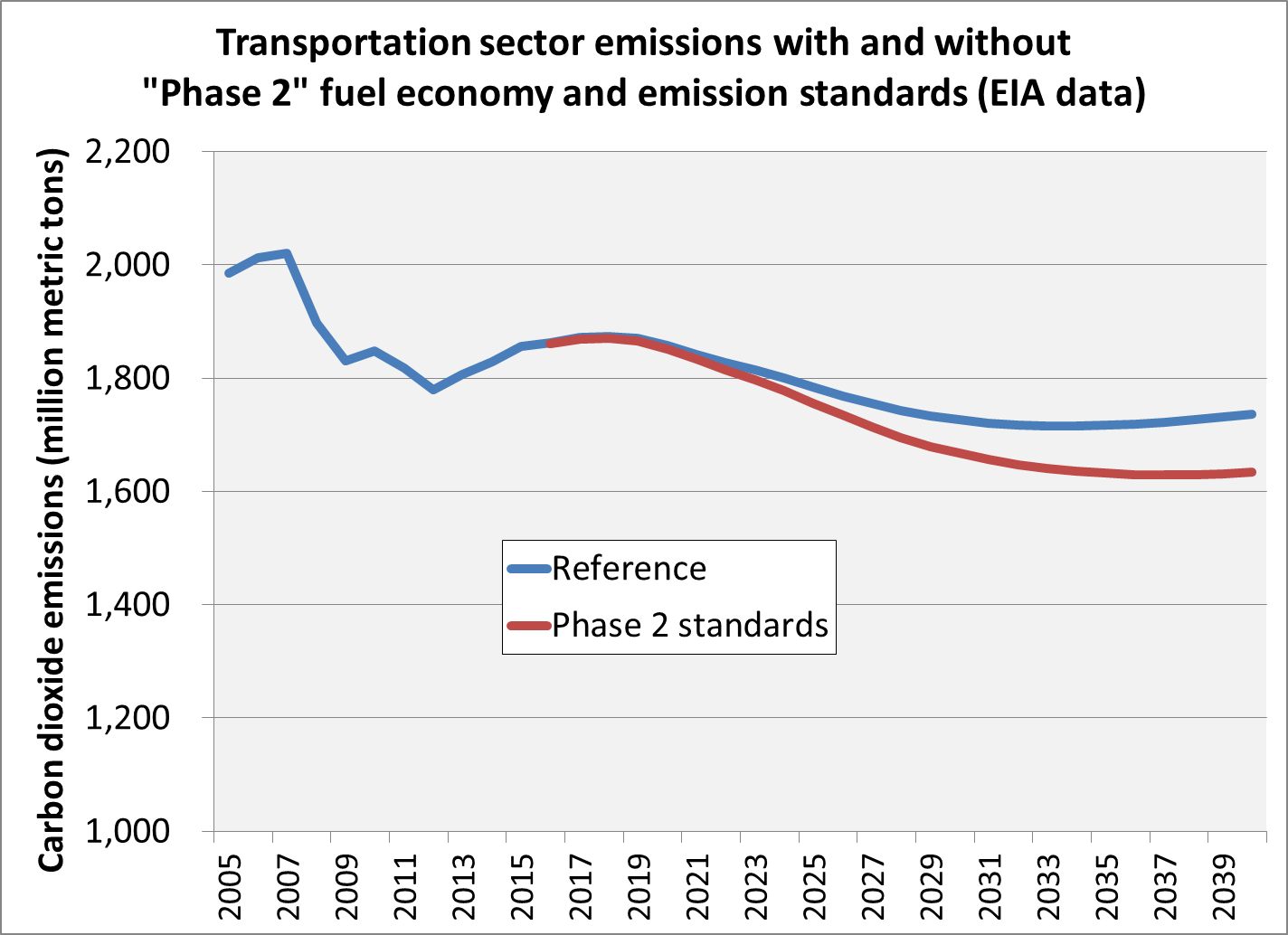Gideon Weissman
Former Policy Analyst, Frontier Group
Transportation just became the leading source of carbon dioxide emissions in the United States. But until recently, some of the biggest sources of transportation emissions – medium- and heavy-duty trucks like tractor trailers and big pick-ups – faced few requirements to reduce their pollution impacts.
Former Policy Analyst, Frontier Group
Transportation just became the leading source of carbon dioxide emissions in the United States. But until recently, some of the biggest sources of transportation emissions – medium- and heavy-duty trucks like tractor trailers and big pick-ups – faced few requirements to reduce their pollution impacts. And their impacts are big: Although these vehicles only make up around 5 percent of vehicles on the road, they account for about 20 percent of all transportation greenhouse gas emissions.
One of the best ways to limit transportation pollution is through fuel economy standards. The Obama Administration’s action to require passenger vehicles to average 54.5 miles per gallon by 2025 is projected to reduce carbon pollution by 6 billion tons over the lifetime of vehicles sold. With big trucks, there’s enormous room for improvement – the average tractor trailer averages around only six miles per gallon.
But now things are changing. The first-ever fuel economy and greenhouse gas standards for medium- and heavy-duty trucks took effect starting in model year 2014, and will last through model year 2018. Last year, the EPA and the Department of Transportation’s National Highway Traffic Safety Administration (NHTSA) announced a proposal for “Phase 2” of these standards, which would continue to improve fuel economy for medium- and heavy-duty trucks through 2027. For the first time, under the proposed new rules, efficiency standards will be applied not just to trucks but also to the trailers they pull. New trailers would be required to improve efficiency by using strategies like implementing light-weight materials and aerodynamic designs, or by using systems to automatically inflate their own tires.[pdf]

This week, the Energy Information Administration released a new analysis of the proposed standards, finding that “Phase 2” would reduce diesel fuel consumption by 2.5 billion barrels between 2021 and 2040; reduce annual transportation carbon dioxide emissions by 60 million metric tons by 2030 (equivalent to taking 12 million passenger vehicles off the road), and by 2040 would cumulatively prevent more than 1 billion tons of carbon dioxide emissions.
The new standards are a great step forward, but the future of heavy-duty transportation could bring about even more dramatic shifts toward clean vehicles. Transitioning from fossil fuels to electricity, renewably produced hydrogen used in fuel cells, or sustainably produced biofuels could dramatically reduce emissions. Self-driving technology could enable trucks to improve efficiency by “platooning,” traveling close behind one another in order to improve aerodynamics. For certain routes, trucks could be powered with external electric power, using overhead wires similar to those used by trains and trolleys.
To reduce America’s global warming emissions, big trucks are a good place to make a fast impact, because there are far fewer trucks on the road than passenger vehicles, and each medium- or heavy-duty vehicle has an outsize impact on the environment. The steps taken in the last few years are a big step forward; after ensuring that the “Phase 2” standards are finalized and implemented, policymakers should continue to explore creative and ambitious strategies to improve technologies and speed trucking’s transition away from fossil fuels.
Former Policy Analyst, Frontier Group
